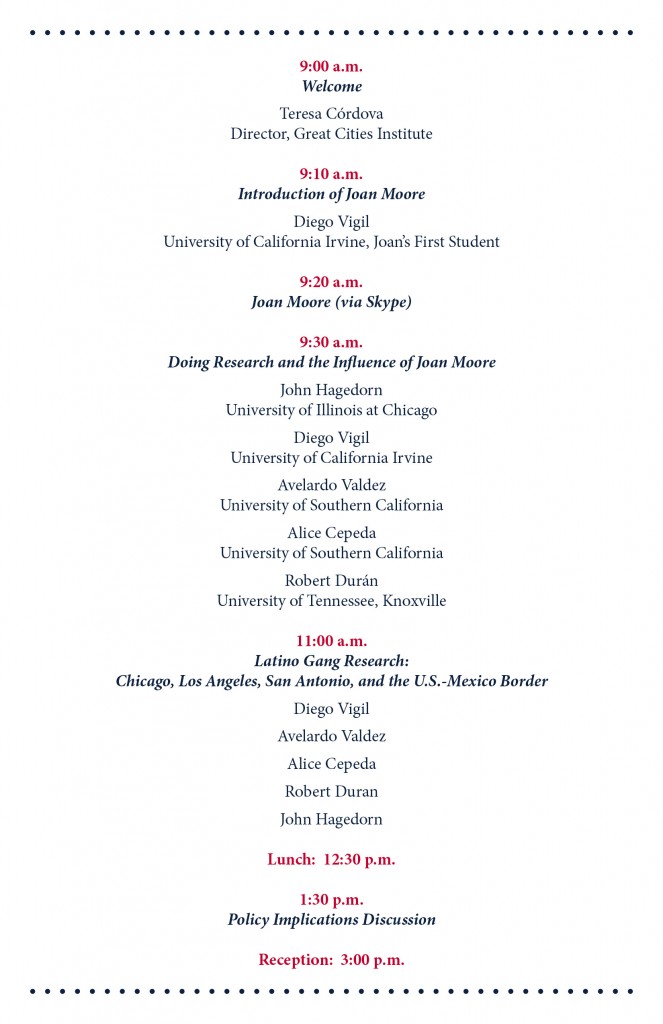The URBANISM ACROSS PLACES, SPACES, DISCIPLINES working group
and the UIC Institute for the Humanities
present:
AbdouMaliq Simone
Research professor at the Max Planck Institute for the Study of Religious
and Ethnic Diversity
“Does an Urban Global South Endure? Experiments with Detachment”
March 28, 2016 at 3 PM
Institute for the Humanities, Lower Level Stevenson Hall, 701 South Morgan
Re-working notions of the “black city”, the presentation seeks to explore
the terms through which an urban “Global South” might endure. Can we be
indifferent to the absence of empirical verification in a move that
enfolds intensely divergent urban situations so as to deploy the “South”
–not as a negation, source of redemption, or distinct ontological
condition—but as a way to examine forms of detachment from the ways in
which planetary urbanization relates and connects places, bodies, and
things?
AbdouMaliq Simone is Research Professor at the Max Planck Institute for
the Study of Religious and Ethnic Diversity and visiting professor
of sociology at Goldsmiths College, University of London,
visiting professor at the African Centre for Cities, University of Cape
Town, research associate with the Rujak Center for Urban Studies in
Jakarta, and research fellow at the University of Tarumanagara.
This lecture is free and open to the public.
Working group organizers:
Tarini Bedi, Anthropology
Sultan Tepe, Political Science
Rachel Weber, Urban Planning and Policy

![A view inside a Gotham Greens greenhouse. [Provided]](https://greatcities.uic.edu/wp-content/uploads/2016/03/03-15-16-doignews.jpg)


